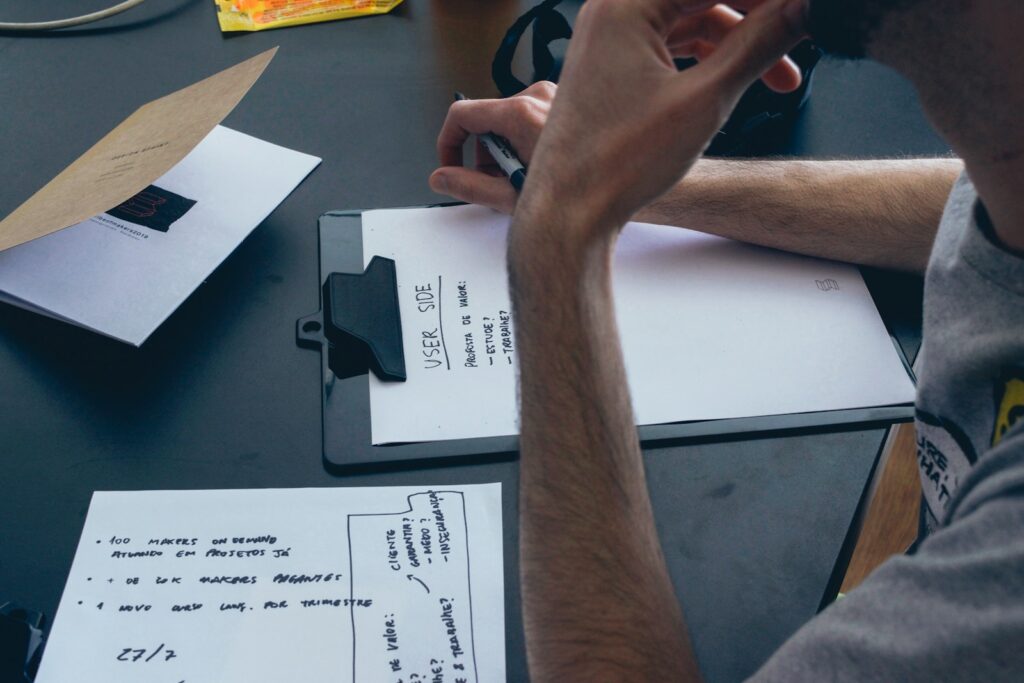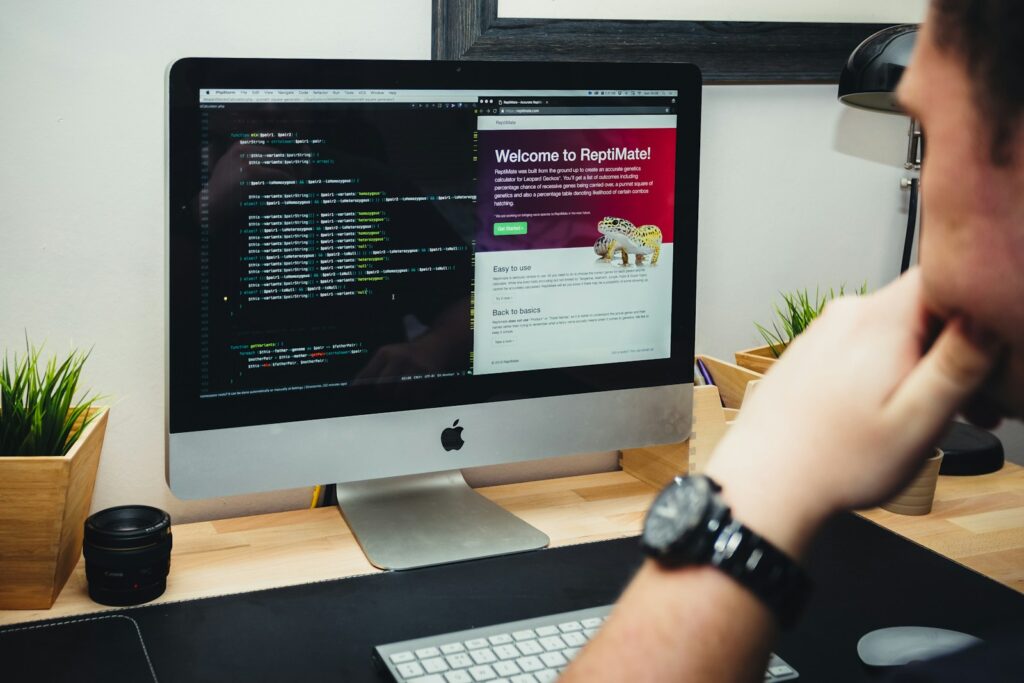As an entrepreneur deeply entrenched in the world of web development and a fervent enthusiast of artificial intelligence, I have keen insights into the intersection of these two domains. The future of AI in web design holds immense promise, heralding a new era of innovation, efficiency, and user-centric experiences.
Understanding the Impact of AI in Web Design
AI-Powered Design Tools
One of the most significant advancements in web design is the integration of AI-powered design tools. These tools leverage machine learning algorithms to analyze user behavior, trends, and preferences, enabling designers to create more intuitive and engaging websites. By harnessing the power of AI, designers can streamline the design process, optimize layouts, and generate personalized content tailored to individual users.
Enhanced User Experience
AI has the potential to revolutionize the user experience (UX) landscape by delivering hyper-personalized interactions. Through techniques such as predictive analytics and natural language processing, websites can anticipate user needs, provide relevant recommendations, and offer seamless navigation paths. This level of customization not only enhances user satisfaction but also fosters deeper engagement and brand loyalty.
Automation of Repetitive Tasks
AI-driven automation is poised to transform the way web developers approach repetitive tasks such as coding, testing, and optimization. With the advent of technologies like automated code generation and intelligent debugging, developers can expedite the development process and allocate more time to creative problem-solving and innovation. This increased efficiency not only accelerates time-to-market but also reduces the likelihood of human error, resulting in more robust and reliable websites.
Embracing AI in Web Design: Opportunities and Challenges
Opportunities for Innovation
The integration of AI presents boundless opportunities for innovation in web design. From dynamic content generation to predictive user interfaces, AI enables designers to push the boundaries of creativity and experimentation. By embracing AI-driven design solutions, businesses can differentiate themselves in a crowded digital landscape and deliver truly transformative digital experiences.
Addressing Ethical Considerations
However, the proliferation of AI in web design also raises important ethical considerations. As AI algorithms exert increasing influence over user interactions and decision-making processes, it is essential to prioritize transparency, fairness, and user privacy. Designers must remain vigilant against algorithmic bias, data breaches, and unintended consequences that may arise from the unchecked deployment of AI technologies.
Balancing Automation with Human Creativity
Furthermore, while AI-driven automation offers significant benefits in terms of efficiency and productivity, it is imperative to strike a balance between automation and human creativity. While AI can facilitate certain aspects of the design process, human intuition, empathy, and ingenuity remain indispensable qualities in creating truly impactful and emotionally resonant experiences. The successful integration of AI in web design requires a harmonious collaboration between human designers and intelligent algorithms.
The Future Landscape of AI in Web Design
Personalization at Scale
Looking ahead, the future of AI in web design is characterized by the proliferation of personalized experiences at scale. Through advanced machine learning algorithms and predictive analytics, websites will be able to dynamically adapt their content, layout, and functionality to meet the unique needs and preferences of individual users. This hyper-personalization not only enhances user engagement but also drives conversions and customer loyalty.
Augmented Design Intelligence
Moreover, AI will augment the capabilities of designers by providing real-time insights, recommendations, and predictive analytics. Designers will leverage AI-driven tools to gain deeper insights into user behavior, identify emerging trends, and optimize their designs for maximum impact. This symbiotic relationship between human creativity and artificial intelligence will redefine the boundaries of what is possible in web design.
Ethical AI Practices
As AI continues to permeate every facet of web design, it is incumbent upon designers and developers to uphold ethical AI practices. Transparency, accountability, and user empowerment must remain paramount as we navigate the complex ethical implications of AI-driven design solutions. By prioritizing ethical considerations and fostering a culture of responsible AI development, we can harness the full potential of AI to create inclusive, accessible, and empowering digital experiences for all users.
Conclusion: Shaping the Future of Web Design with AI
In conclusion, the future of AI in web design is brimming with possibilities, offering unprecedented opportunities for innovation, efficiency, and user-centricity. By harnessing the power of AI-driven design solutions, we can create immersive, personalized experiences that resonate with users on a profound level. However, this transformative journey must be guided by ethical principles, human-centered design practices, and a commitment to fostering inclusivity and accessibility.
As we embark on this exciting journey, I invite you to explore the transformative potential of AI in web design. Whether you’re a budding designer, seasoned developer, or curious enthusiast, the convergence of AI and web design promises to shape the digital landscape in profound and meaningful ways.
Join me at UnikBrushes to explore innovative web development solutions powered by AI, and discover how LearnyHive is revolutionizing the future of education through cutting-edge EdTech platforms. Together, let’s shape a brighter and more inclusive future for the web.
Thank you for your attention, and I look forward to embarking on this transformative journey with you.




